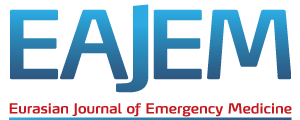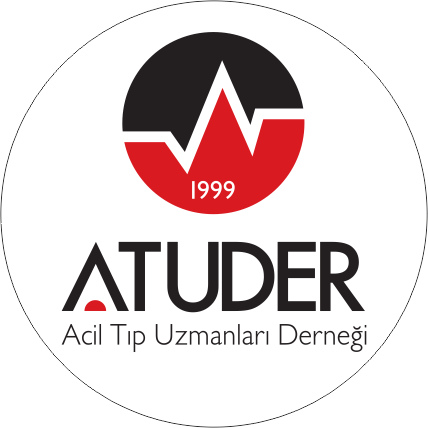ABSTRACT
Aim:
Oncologic emergencies in lung cancer are common and potentially severe. We sought to describe the common causes of oncologic emergencies in patients with lung cancer who applied our emergency department (ED).
Method:
A retrospective chart review was conducted of lung cancer patients seen in our ED over one-year period. ED and subsequent consultation records were reviewed for the following: symptoms, laboratuary findings, smoking histories, chest radiograph results, chest computed tomographies, and final diagnosis.
Results:
There were 45 patients with lung cancer who were applied to the ED. The mean age was 62.6±11.5 years. The most common complaints for the patients for applying ED were; dyspnea (62%), cough (29%), chest pain (22%), palpitation (18%), fever (13%) and neurological findings (11%). After initial evaluation the common diagnosis were; burden of chronic obstructive pulmonary disease (COPD) (24%), pneumonia (20%), pleural effusion (11%), Coronary artery disease (9%), pulmonary embolism (7%), electrolyte imbalance (7%), severe respiratory insufficiency (7%). Out of 45 patients 14 were admitted to inpatient service, 2 patients with severe respiratory insufficiency died in ED, and 28 were discharged after they had appropriate therapy at ED.
Conclusion:
A high rate of COPD burden for the reason of ED applications among patients with lung cancer was found. The reason of this might be heavy smoking histories among Turkish lung cancer patients. Another interesting finding in our study was the high rate of pulmonary embolism cases which usually not mentioned under oncologic emergencies, but could be life saving if diagnosed.



